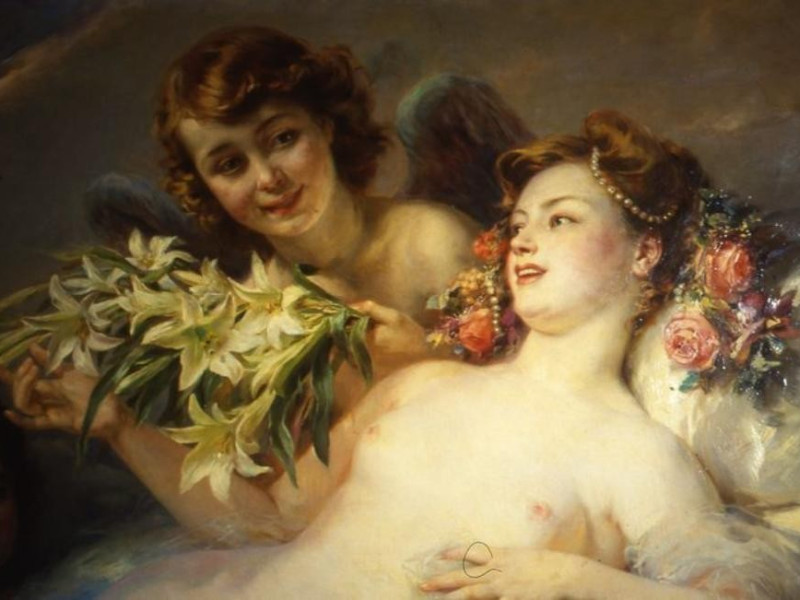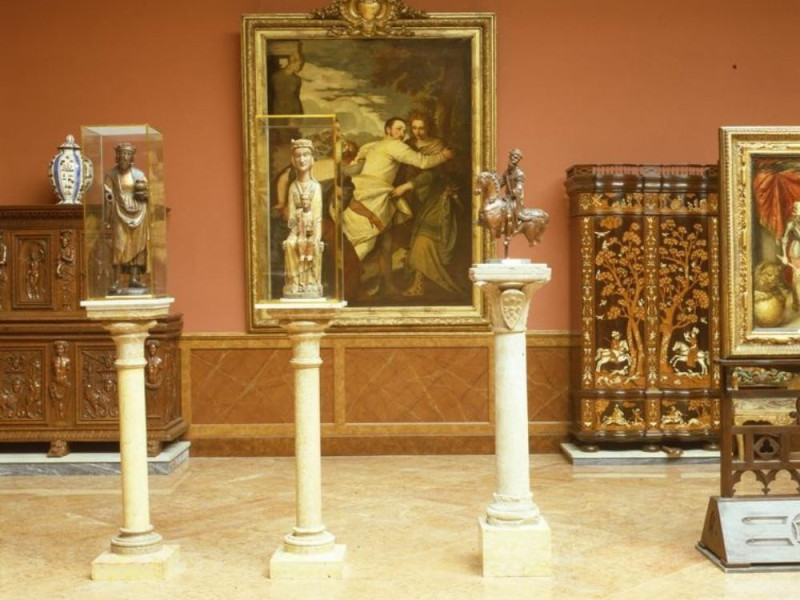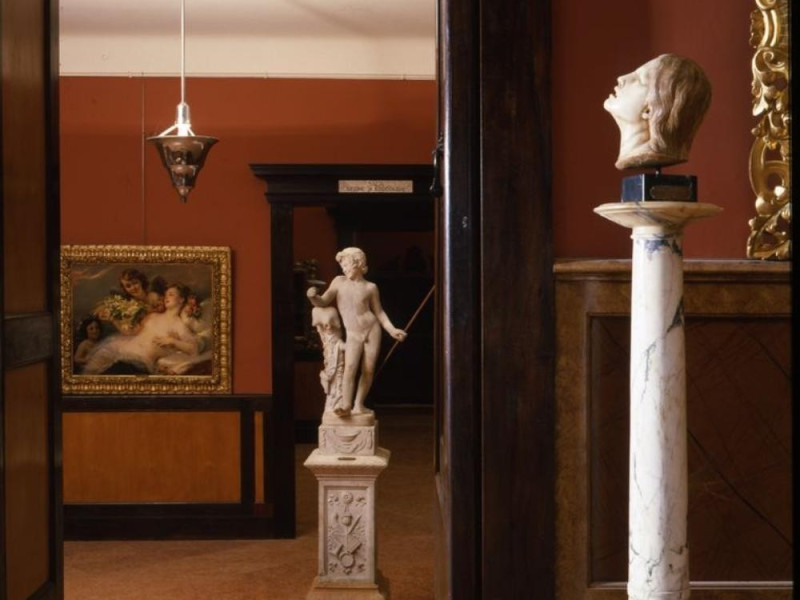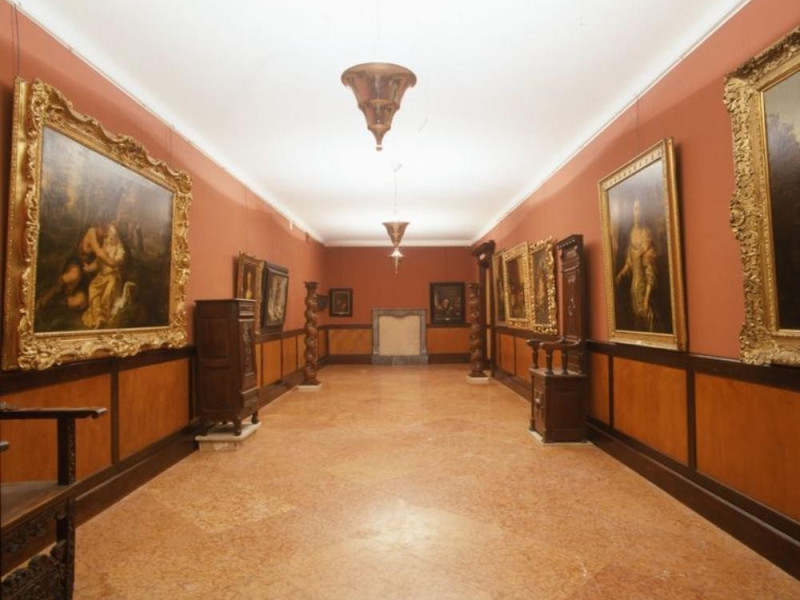Musei civici - Galleria Parmeggiani
Singular example of a private house-museum, the Gallery is housed in the building erected in eclectic style between 1924 and 1930 to a design by Ascanio Ferrari to host art collections of L. Parmeggiani (Reggio Emilia, 1860-1945). Make up the collection furniture, weapons, jewelery, fabrics and antique paintings that offer an overview of the artistic production in Europe from the Middle Ages to the nineteenth century, witnessing the artistic and documentary value of the different sectors. The enormous wealth, merged in the cosmopolitan Paris of the last quarter of the nineteenth century and moved to Reggio Emilia in 1924, on the occasion of the return of Parmeggiani at home, was purchased by the City together with the palace, and made public in 1932. In Paris, the Collector had taken refuge in 1886, because of past anarchists. Here, under the pseudonym of Louis Marcy, he engaged in the marketing of decorative art objects for Ignacio Leon y Escosura, painter, art dealer and collector, starting the "Marcy Production". In 1920, he married Anne Detti, daughter of the painter Spoleto Cesare Detti (1847-1914) and Escosura's sister. Thus, came to Reggio a heritage formed by Escosura collection: a group of paintings, with some false Marcy; alongside objects of nineteenth-century and, between these, weapons and jewels, whose most recent production, concealed by Parmeggiani, now still subject of study. After of a long period of closure, the Gallery was reopened to the public in 1988. Along the tour, introduced by a portal Moorish (sec. XV) and divided into twelve rooms, it can admire, in sequential order, marble, pottery, weapons (to be a core of small swords from the seventeenth to the nineteenth century); follow objects executed in France in Renaissance around 1840, and some pieces of the Marcy production. The exhibition continues with the rooms devoted to jewelry, costumes and textiles, some used by Escosura for paintings, that setting with the paintings of these are the "modern" collection of figurative. The core of ancient paintings, fifty, is distributed according to a distribution to schools, Flemish, French-English and Spanish, represented by an amazing group of masterpieces "that in Italy, a country not particularly rich in this area, buy a special significance" (Alfonso Perez Sanchez). Among them, the "Blessing Saviour" of El Greco, the "Portrait of Mathematician" by Jusepe De Ribera and "The Rape of Europe" by Giovanni Francesco Romanelli. Of note, in the Flemish, the valuable "Triptych of Bruges". They close the path Escosura rooms with paintings by the Spanish artist: there are portraits and historical subjects between suggestive reconstructions of environment including, sometimes, the objects of the Gallery.





